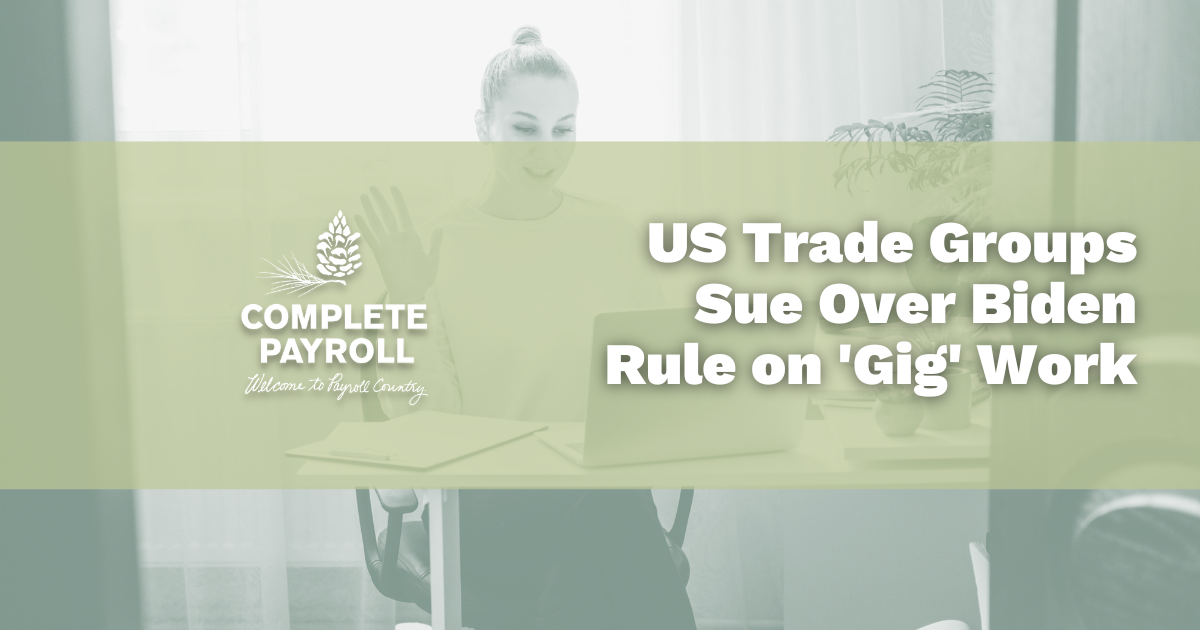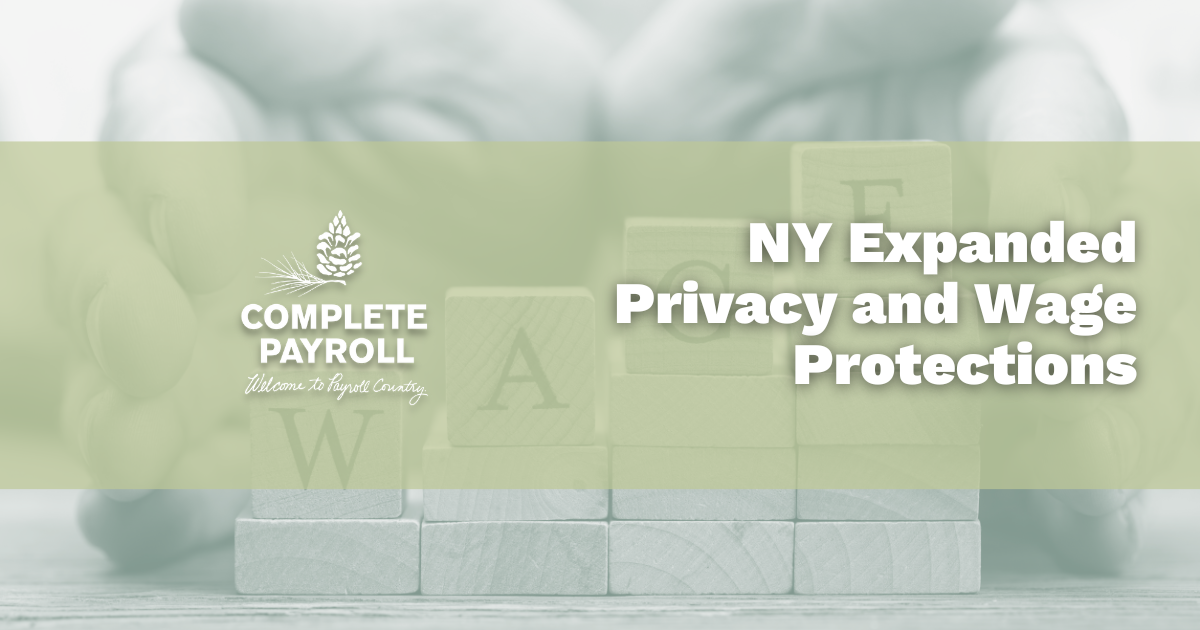If you're hiring an employee, or think you might be soon, check out our comprehensive resource page, Employee Onboarding - A Complete Guide. This is a handy, tightly-packaged outline that presents all the critical hiring and onboarding elements in simple, chronological order.

When you’re bringing someone on board to do work for you, there is always a fair amount of paperwork involved. Tax forms, contracts, non-disclosure agreements … the list goes on and on.
But the type of paperwork will vary depending on your relationship with the person doing the work. Hiring an employee and hiring an independent contractor are very different things, and as a result, the forms you’ll need differ greatly as well.
What’s the difference between an employee and an independent contractor?
When you hire an employee, your business becomes their employer. Since they’re working for the business, you can (and often, should) dictate things like
- When they should work
- How they should do the work they’ve been asked to complete
- What tools or technology they should use
- What their priorities should be
- Who should do the work
Independent contractors, on the other hand, are self-employed individuals (that’s the “independent” part). They function as a business of one, and when you hire them to do a job, there will be a contract (this is the “contractor” part) stating what the job is and how payment is handled, among other things.

Because independent contractors work for themselves, they make decisions about things that are not covered in the contract, such as how to to the job, what tools to use, and what order in which to tackle different tasks.
They can even subcontract out part or all of the work to another person or group of people. Independent contractors are for jobs that are not a core part of your business. So if you’re running a daycare, your teachers should be employees, but your landscaper might not be.
What forms are necessary when hiring an independent contractor?
Contract
Your contract spells out all the details of your working relationship. The contents will often differ from one contractor to another, but it’s common for a contract to include details about:
- The scope of the work to be done
- Due dates for the whole job, and potentially for various milestones
- Amounts and deadlines for payment
- Why and how either party might terminate the working relationship
Often an independent contractor will provide you with a contract that you can sign as-is or make a request to amend it. Other times, you’ll need to put together the initial contract yourself.
W-9
You should request that independent contractors fill out a W-9 form so that they can provide you with their Taxpayer Identification Number (TIN) and certify that they are exempt from withholding taxes. You may provide them with the form or direct them to fill it out on their own, but you will need to keep a copy regardless of how the process is initiated.
1099-MISC
If you pay an independent contractor more than $600 in a year, they’ll need you fill out a 1099-MISC so that they can file their taxes. The form has a lot of different sections (most of which are only completed in very specific situations), but for most independent contractor arrangements, you’ll only need to know your TIN, their TIN, and the amount paid.
What forms are necessary when hiring an employee?
I-9
The I-9 is the form for verifying that your new employee is authorized to work in the United States. The first part is filled out by the employee, and the second part by the employer, after examining the employee’s identifying documents and determining that they seem genuine. (Read more about how to handle this if your employee can’t come show you their documentation in person.)
W-4 and state/local withholding forms
Form W-4 is for your employees to fill out in order to determine how much of their pay will be withheld for federal income taxes. While the responsibility for completing the form lies with the employee, you are responsible for ensuring that this happens. For areas with state or local income taxes, there will be an additional form for this as well. In New York State, this form is the IT-2104.
No matter who you work with, paperwork is universal.
Are you hiring and onboarding new employees? Our New York State Employee Onboarding Kit has everything you need to get started. Download your free copy today.




















